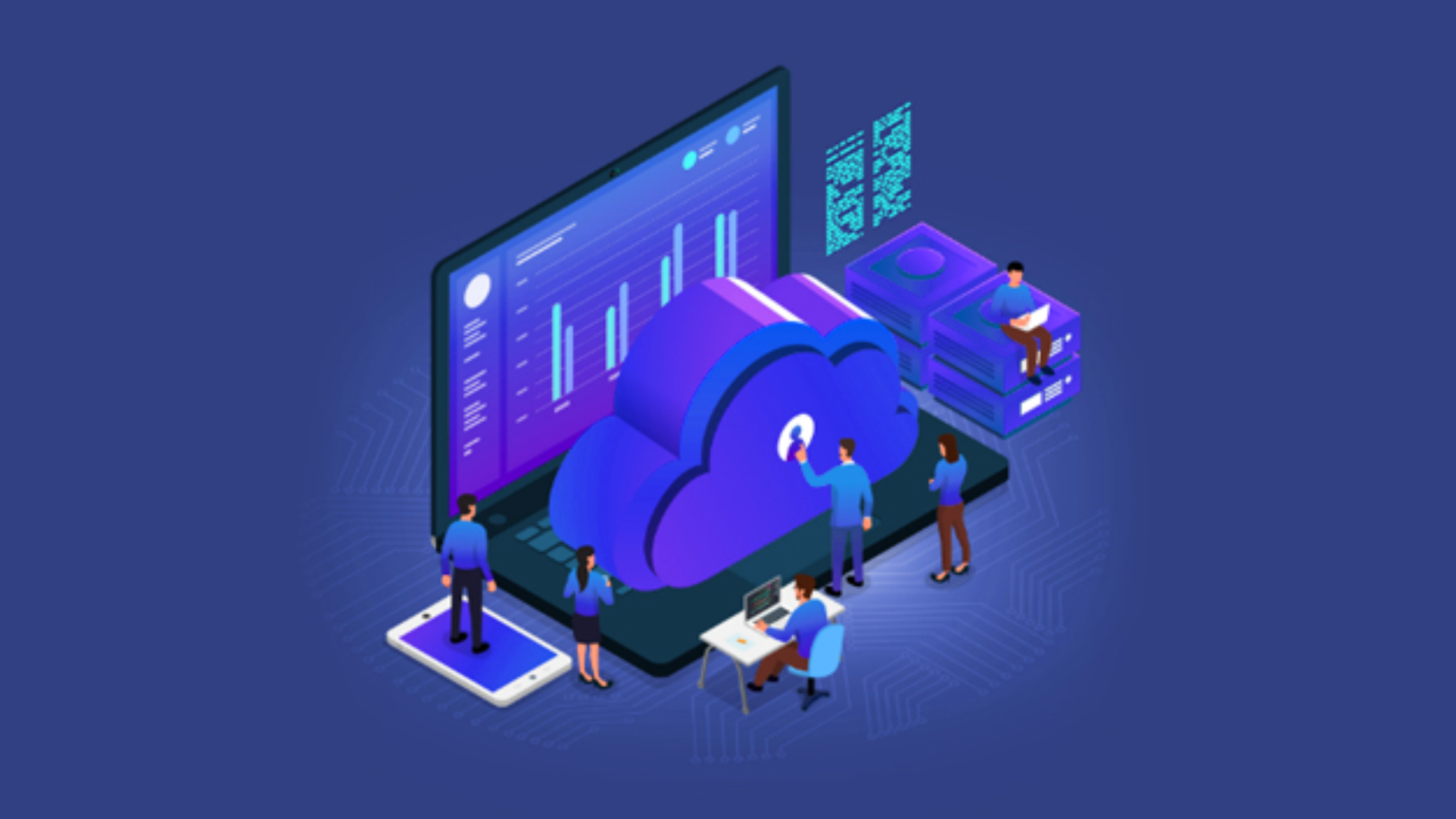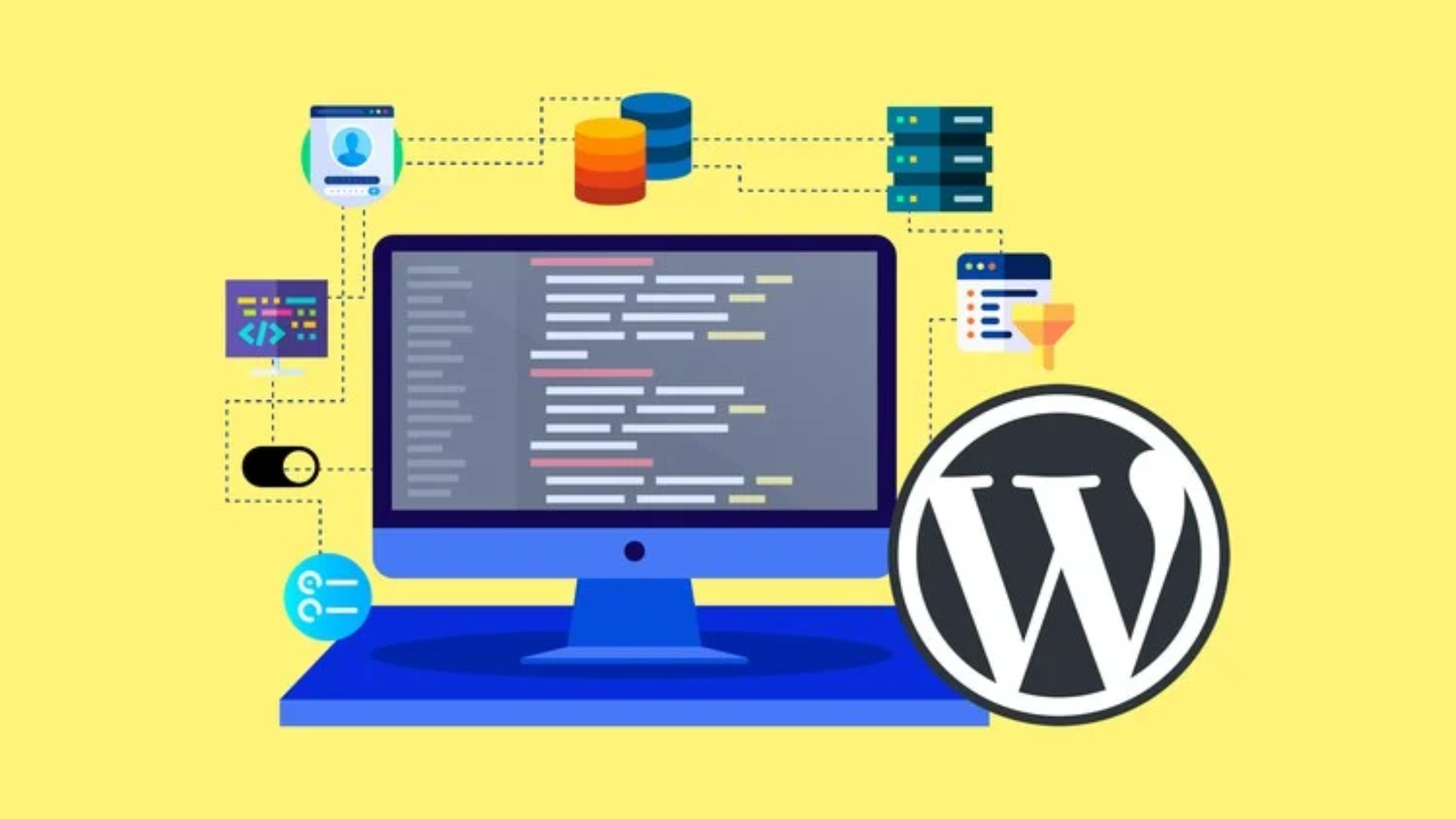Summary:
This blog explains how Performance Optimization can turn existing Website Traffic into valuable conversions without increasing ad spend. It highlights the gap between traffic and sales, the role of data in identifying improvement areas, and proven tactics like A/B testing, speed enhancements, mobile optimization, and personalized CTAs. By focusing on user experience, tracking key metrics, and refining strategies, businesses can maximize ROI, lower acquisition costs, and achieve sustainable growth.
You’ve done the hard work. Your marketing campaigns are running, your content is live, and you’re attracting visitors every day. The hard truth is, website traffic alone won’t pay the bills.
Think about it. If 10,000 people visit your site but only a handful take action, you’re not getting the return you deserve. That’s where Performance Optimization becomes your secret weapon. It’s not just about making your website faster; it’s about fine-tuning every element to ensure every click has the potential to convert.
In this blog, we’ll explore how Performance Optimization can turn your existing Website Traffic into meaningful results without increasing your ad spend.
1. Understanding the Gap Between Traffic and Conversions
Many businesses believe that more traffic automatically means more sales. The truth is, without the right optimization, extra visitors simply mean more people leaving your site without engaging.
Performance Optimization bridges that gap by:
- Improving user experience so visitors stay longer.
- Reducing friction in the conversion journey.
- Ensuring your content and calls-to-action (CTAs) guide users toward taking the next step.
By focusing on these aspects, you make sure that your Website Traffic works harder for you.
2. The Role of Data in Performance Optimization
You can’t improve what you can’t measure. This is why data forms the foundation of effective Performance Optimization. Using analytics tools, you can identify:
- High-traffic pages that could be optimized for conversions.
- Drop-off points where users exit the site.
- Content engagement patterns to see what’s working best.
This insight allows you to make targeted changes instead of guessing meaning you can spend your time and resources where they’ll have the biggest impact.
3. Proven Performance Optimization Tactics for Better Conversions

Here are some tried-and-tested methods to get more from your
Website Traffic:
a) A/B Testing
Try experimenting with different headlines, calls-to-action, and page layouts to discover which combination delivers the best results. Even a small change in button color or placement can have a measurable effect.
b) Page Load Speed Improvements
Research indicates that even a one-second delay in page loading can cause conversion rates to drop by as much as 7%. Compress images, use faster hosting, and optimize code for better performance.
c) Mobile Optimization
With more than half of global internet traffic coming from mobile devices, a mobile-friendly design is essential for keeping visitors engaged.
d) Clear and Actionable CTAs
Your visitors should never wonder what to do next. Whether it’s “Buy Now,” “Sign Up,” or “Request a Demo,” ensure your call-to-action stands out and compels users to click.
e) Content Personalization
Show visitors products, articles, or offers based on their past behavior to increase relevance and conversion rates.
4. Enhancing User Experience to Reduce Bounce Rates
Performance Optimization isn’t only about speed — it’s about creating a frictionless journey.
- Simplify navigation so users can find what they need quickly.
- Arrange design elements so the most important information naturally draws the visitor’s eye first.
- Eliminate any elements that divert attention from your primary conversion objectives.
A well-optimized site keeps visitors engaged, reducing bounce rates and increasing the chance of conversion.
5. Measuring the Impact of Performance Optimization
To know whether your optimization efforts are working, track key metrics:
- Conversion Rate: Percentage of visitors taking the desired action.
- Bounce Rate: Percentage of visitors leaving without engaging.
- Average Session Duration: How long visitors spend on your site.
- Revenue per Visitor: The direct financial value of each user.
When you consistently measure these KPIs, you can refine your strategy and keep improving results over time.
6. The Business Case for Performance Optimization
Here’s the beauty of Performance Optimization it maximizes your existing resources. Instead of spending more money on ads to drive additional Website Traffic, you focus on making better use of the traffic you already have.
This means:
- Lower customer acquisition costs
- Higher return on marketing investment
- Sustainable growth without overspending
Conclusion
In today’s competitive digital world, attracting Website Traffic isn’t enough. You need to make every visit count. Performance Optimization ensures your site is fast, user-friendly, and conversion-focused, so you get maximum value from every click.
Remember: traffic might bring people to your door, but optimization invites them in, engages them, and turns them into loyal customers.
If you haven’t reviewed your website’s performance recently, now is the time. The smallest changes could lead to your biggest growth yet. Book a free Consultation!







